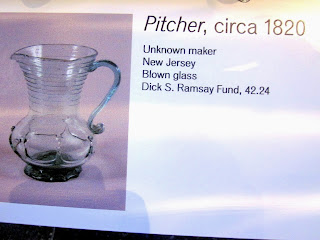The main exhibit is war photographs that were fantastic but difficult to view.
WAR/PHOTOGRAPHY: Images of Armed Conflict and Its Aftermath explores the experience of war with an unprecedented collection of 400 photographic prints, books, magazines, albums, and camera equipment, bringing together iconic and unknown images taken by members of the military, commercial portraitists, journalists, amateurs, artists, and numerous Pulitzer Prize–winning photographers.
Including the work of some 255 photographers from around the globe who have covered conflicts over the last 166 years,WAR/PHOTOGRAPHY examines the interrelationship between war and photography, reveals the evolution of the medium by which war is recorded and remembered, and explores the range of experience of armed conflict: recruitment, training, embarkation, daily routine, battle, death and destruction, homecoming, and remembrance. In addition to depicting the phases of war, WAR/PHOTOGRAPHYincludes portraits of servicemen, military and political leaders, and civilians and refugees.
The objects on view include rare daguerreotypes and vintage photographs, such as Roger Fenton’s iconic The Valley of the Shadow of Death (1855) from the Crimean War and an early print of Joe Rosenthal’s Old Glory Goes Up on Mount Suribachi, Iwo Jima. More recent images include a 2008 photograph of the Battle Company of the 173rd Airborne Brigade in eastern Afghanistan by Tim Hetherington.
Another good exhibit showed objects as subject rather than a certain artist of period. So for example, vases regardless of origin or time were shown together - a Roman vase, a Mayan vase, a modern vase...
 |
| Front of Museum - taken when we left |

















No comments:
Post a Comment